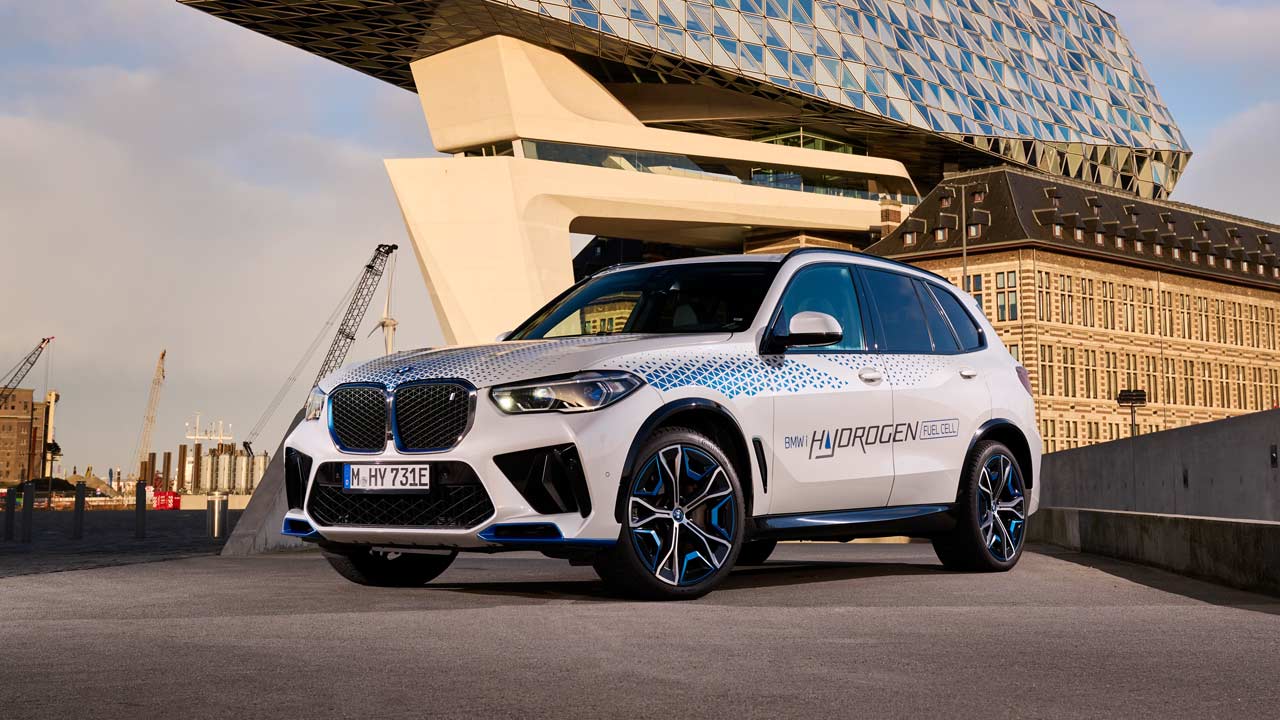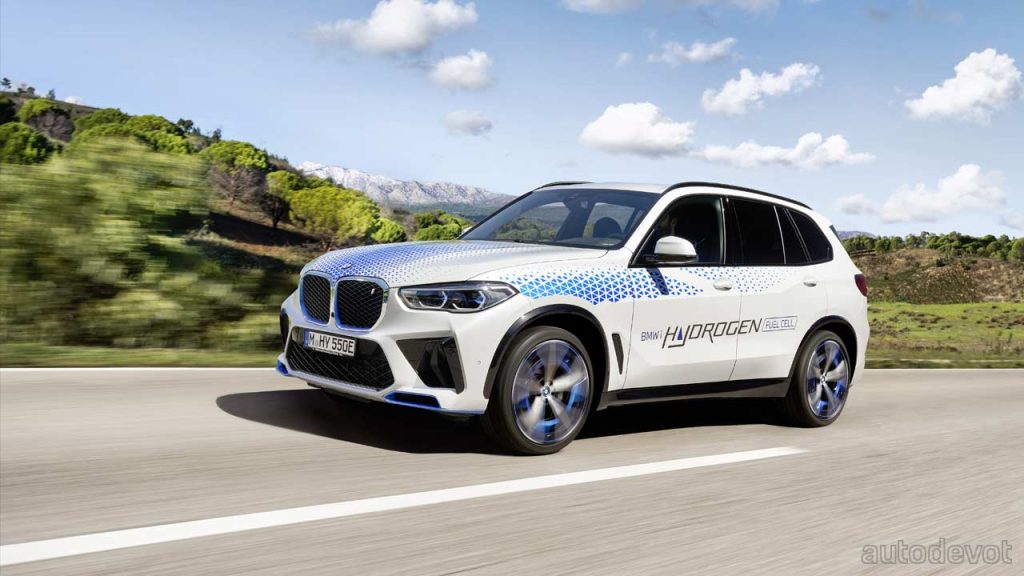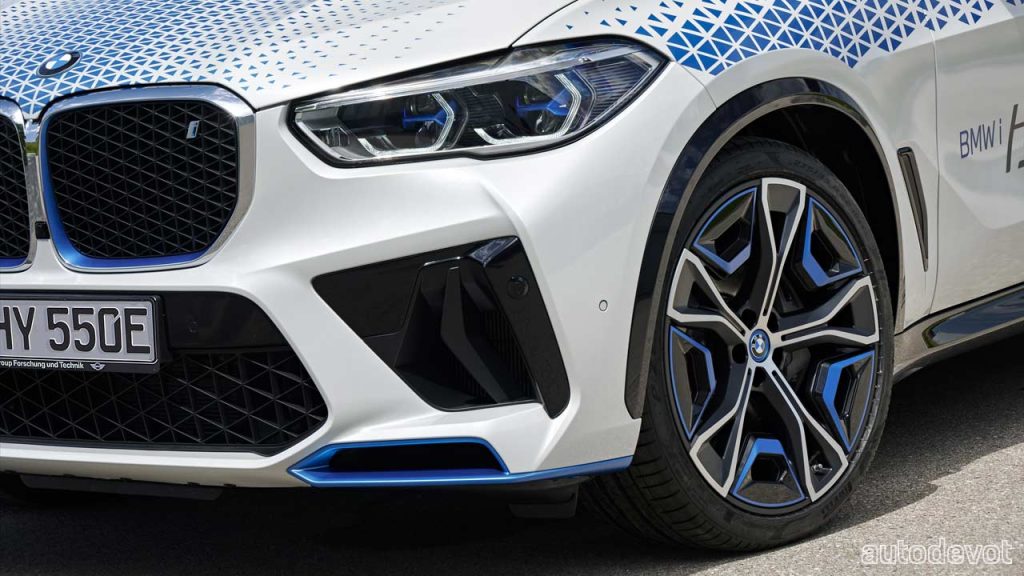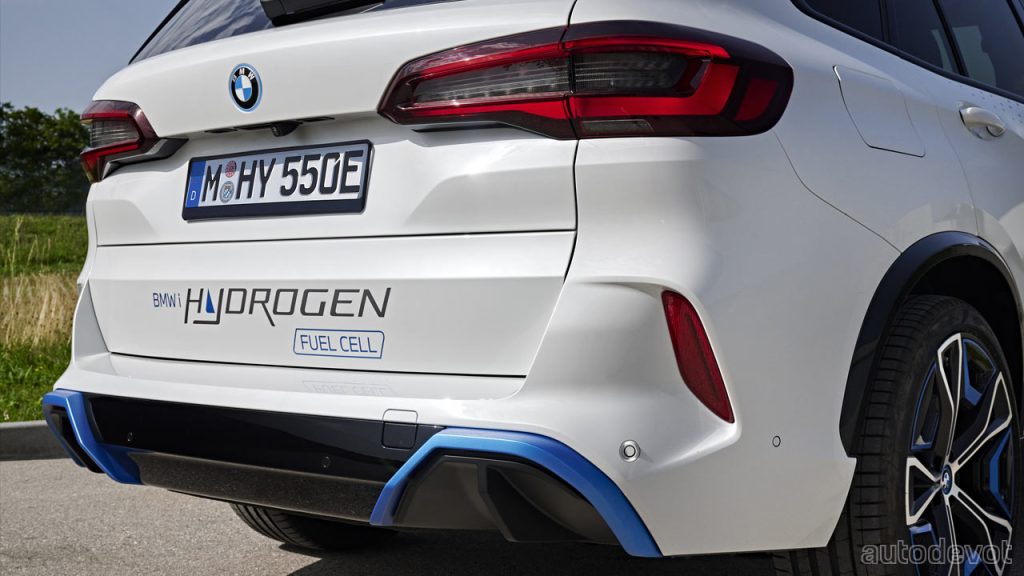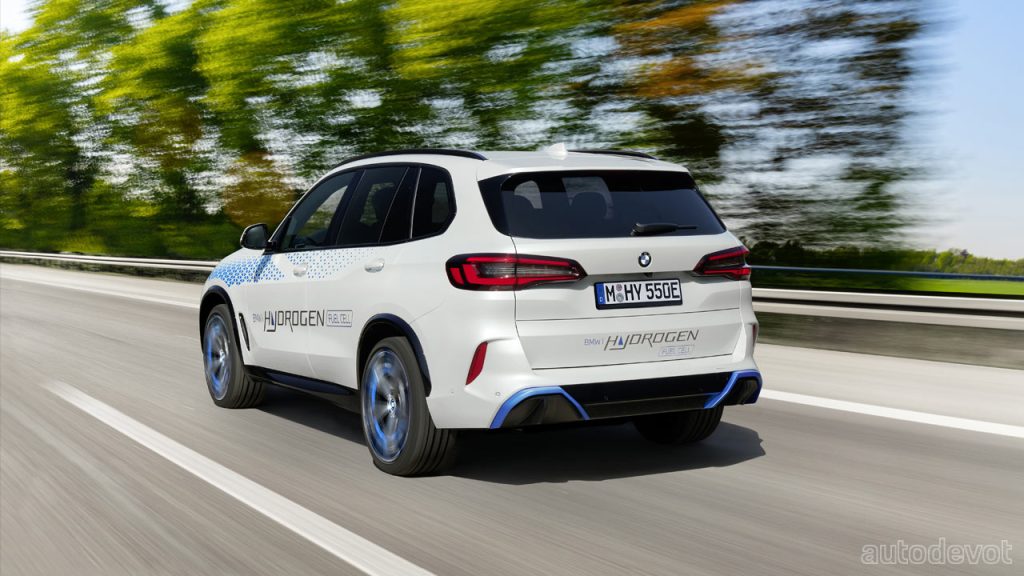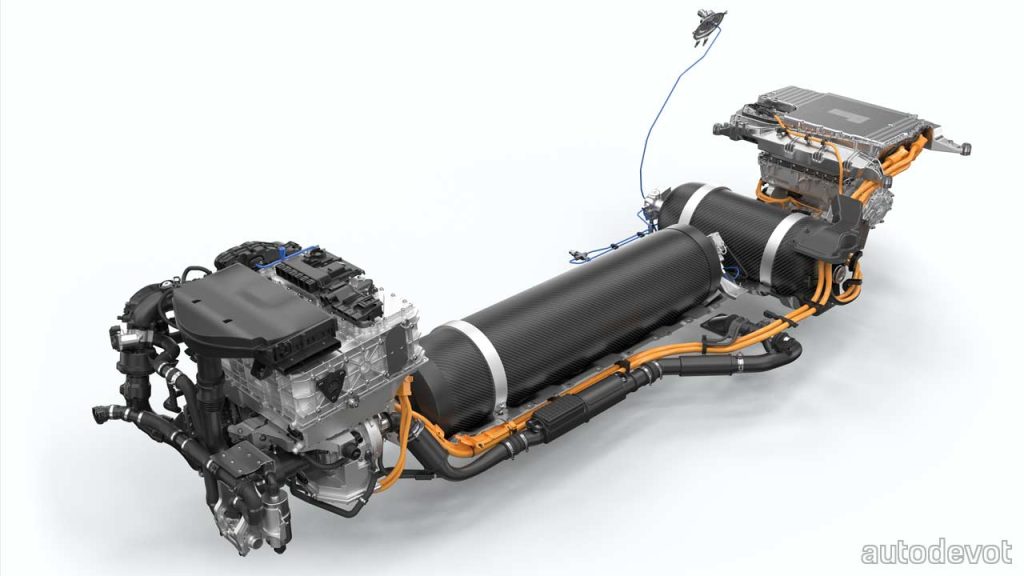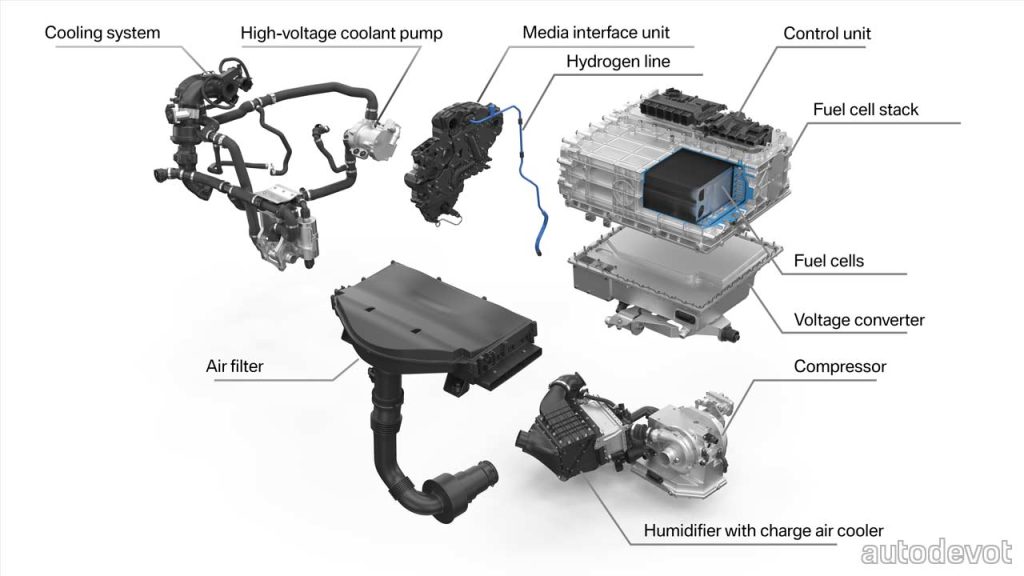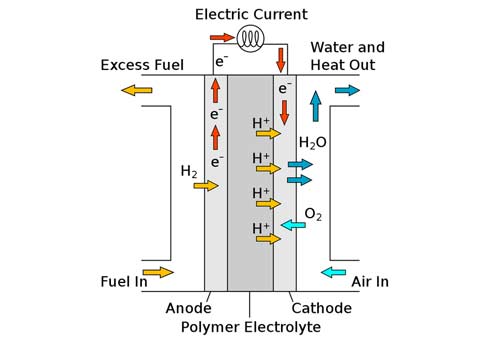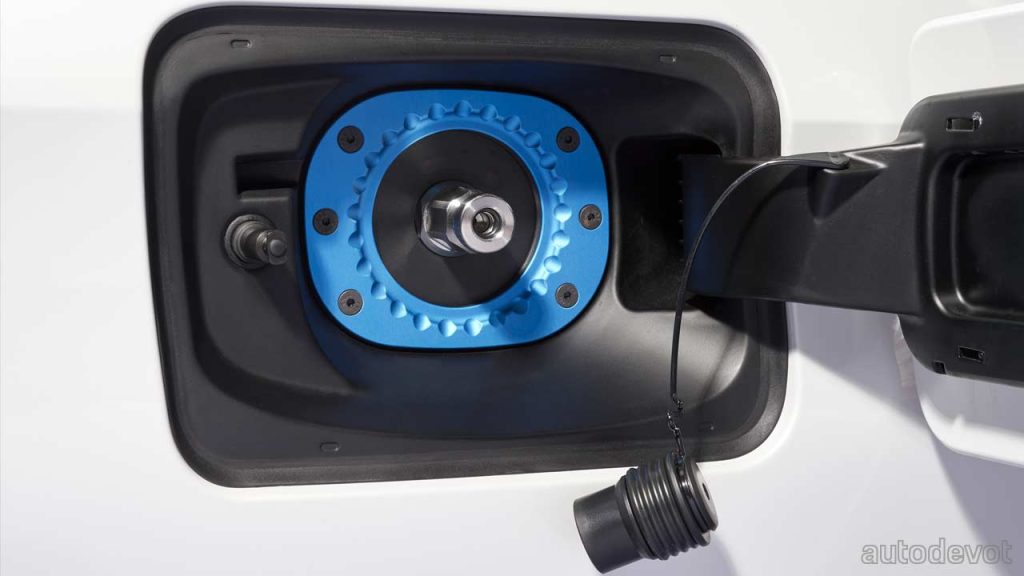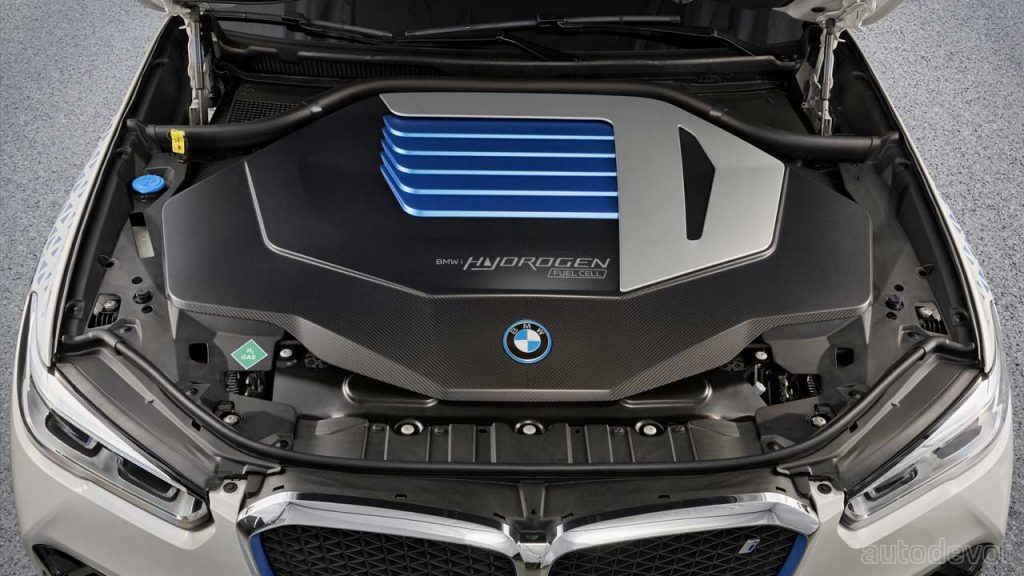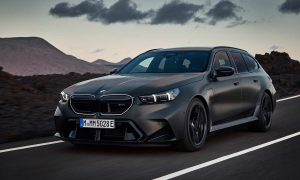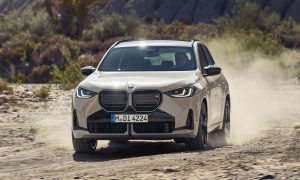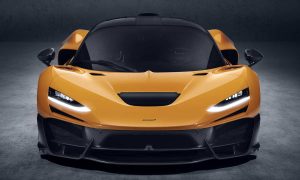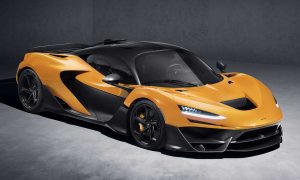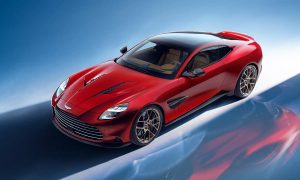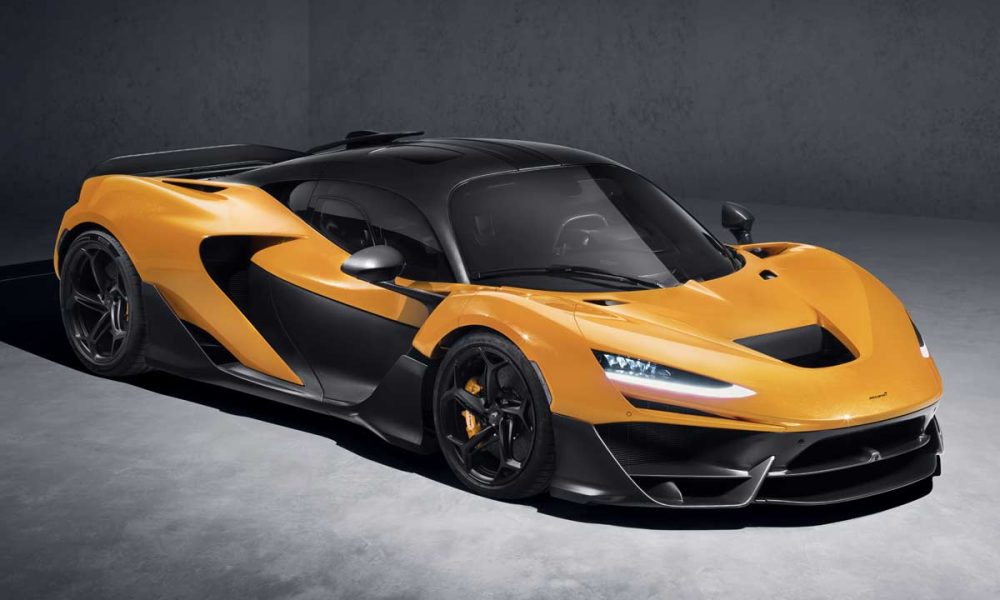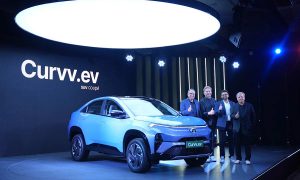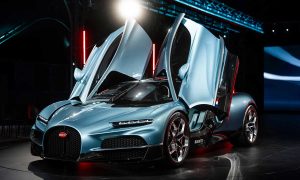I know, I know, the work on the BMW iX5 Hydrogen began over 4 years ago and the vehicle is still not available for sale. And although BMW is not completely new to using hydrogen as a fuel (Google BMW Hydrogen 7), it is fairly new to hydrogen fuel cell tech. Which is why it took the help of the segment veteran—Toyota—in building the iX5 Hydrogen. The latest update on this model is that it is “entering its critical next phase”.
In simple English, BMW has dispatched a fleet of 100 iX5 SUVs which will cover various places around the globe offering demonstrations and test drives for various target groups. A select few journalists may also be involved in this global demo, in an effort to collect feedback to be used to further improve the product.
The iX5 still looks exactly the same as the i Hydrogen NEXT concept we saw in early 2020. But I’m pretty sure that the final production model will be based (I mean the styling) on the X5 facelift we saw earlier this month. As mentioned, the fuel cell technology is being supplied by Toyota, and the assembly of the fuel cell system began in Munich last September. Here’s a quick and dirty explanation of the iX5’s powertrain:
Those black tanks (made of CFRP) are hydrogen tanks with a combined capacity of 6 kg (13.2 lbs). The e-motor (5th-gen BMW eDrive unit) is at the back and positioned above it is a lithium-ion battery pack. The fuel cell stack is at the front, just underneath the air filter. Why there’s a lithium-ion battery pack? Well, you need a place to store the electricity generated by the fuel cells, right? And, for those scratching heads on how fuel cells generate electricity:
How fuel cells work?
In layman’s terms, just like a lithium-ion battery cell, a fuel cell is also made of components such as an anode, a cathode and a separator. Hydrogen is passed through the anode while the cathode gets fed by oxygen. At the anode, hydrogen atoms are split into electrons and protons by a catalyst.
If you know the basics of quantum physics, you’d know that electrons have a negative charge, which means they cannot pass right through the separator while its positively charged siblings are already chilling on the cathode side of the party. But the electrons also need to attend the party on the cathode side for this fuel cell system to work, and therefore they are forced to go to the cathode side via a circuit, and this movement of electrons from one side to the other side is what generates electricity (remember, electricity is nothing but the movement of electrons in a circuit). Once the electrons are on the cathode side, they’ll join the positively charged protons and form hydrogen molecules again. And since oxygen is fed into the cathode, the hydrogen molecules team up with O2 to form H2O or water.
The iX5’s system output is claimed to be 295 kW or 401 metric hp. WLTP range is estimated to be 504 km or 313 miles. The official 0-100 km/h (62 mph) sprint time for anyone care to know, is under 6 seconds, and the top speed is claimed to be over 180 km/h (112 mph). Filling up the hydrogen tanks is claimed to take only three to four minutes.

Leave a Reply
Note: Comments that are unrelated to the post above get automatically filtered into the trash bin.
